TIMING CHAIN
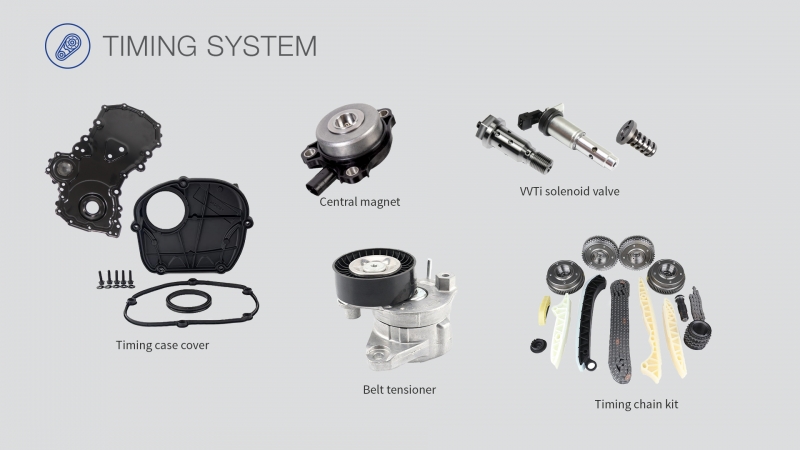
WHY IT’S IMPORTANT AND HOW TO TELL WHICH ONE YOUR CAR HAS
Timing belts and timing chains do the same thing: They connect the engine’s crankshaft to the camshaft, which opens up the valves of the engine. The valves let fuel and air into the engine, and exhaust out.
However, timing chains and timing belts are made of different materials (metal and rubber, respectively), installed in different ways, and have different maintenance costs (the most important characteristic for car owners).
We’ll explore what these car parts do, how they differ, and how much they cost.
WHAT DO TIMING BELTS AND TIMING CHAINS DO?
TIMING CHAINS AND BELTS TURN THE CAMSHAFT AND OPEN THE ENGINE VALVES
Timing belts and timing chains connect the engine’s crankshaft to the camshaft, which opens up the valves of the engine. The camshaft makes one revolution for every two revolutions of the crankshaft, and as it turns, small oval lobes on the shaft, or cams, push against the valves to open them. The process follows the same principles as pedaling a bike, with the pedals being the crankshaft and the rear wheel being the camshaft; the timing chain or timing belt is the bike chain in this example.
ENGINE VALVES LET GAS AND AIR INTO THE ENGINE, AND EXHAUST OUT
Engine valves (each motor has at least two per cylinder) play a large role in the engine’s operation. During the first step in an engine’s cycle, the intake valves are open so fuel and air can enter the cylinders, while the exhaust valves are closed so that the mixture can’t escape. The intake valves then close, sealing the cylinders during compression and combustion. Afterward, only the exhaust valves open, so the leftover waste gases can be expelled. From that point on, the cycle continues in the same way.
Additionally, pulleys and tensioners are crucial to an engine’s timing system, since the parts are designed to keep the belt or chain from slipping and, in some cases, to drive other accessories such as the water pump.
DIFFERENCES BETWEEN TIMING BELTS AND TIMING CHAINS
As you might guess, timing belts are closed belts, often made of reinforced rubber, and timing chains are metal chains. Chains came first, though, before advances in rubber technology made belts possible, and it wasn’t until the mid-1960s when Pontiac brought timing belts to mainstream vehicles in the U.S.
TIMING BELTS ARE QUIETER AND LESS EXPENSIVE TO MANUFACTURE
Quieter and less expensive than chains, with some able to last as many as 100,000 miles, timing belts eventually became the go-to choice for automakers right up through the 1990s.
TIMING CHAINS LAST LONGER, SAVING MONEY IN THE LONG RUN
The pendulum has swung back around toward timing chains more recently, thanks to their longer lifespan. Automakers also have made numerous improvements in timing-chain technology, including reducing the amount of noise, vibration and harshness in today’s modern vehicles.
In fact, many companies expect their timing chains to last for the full life of their cars and trucks. That’s important, because timing belts aren’t expected to last that long, and replacing a timing belt can cost over $1,000.
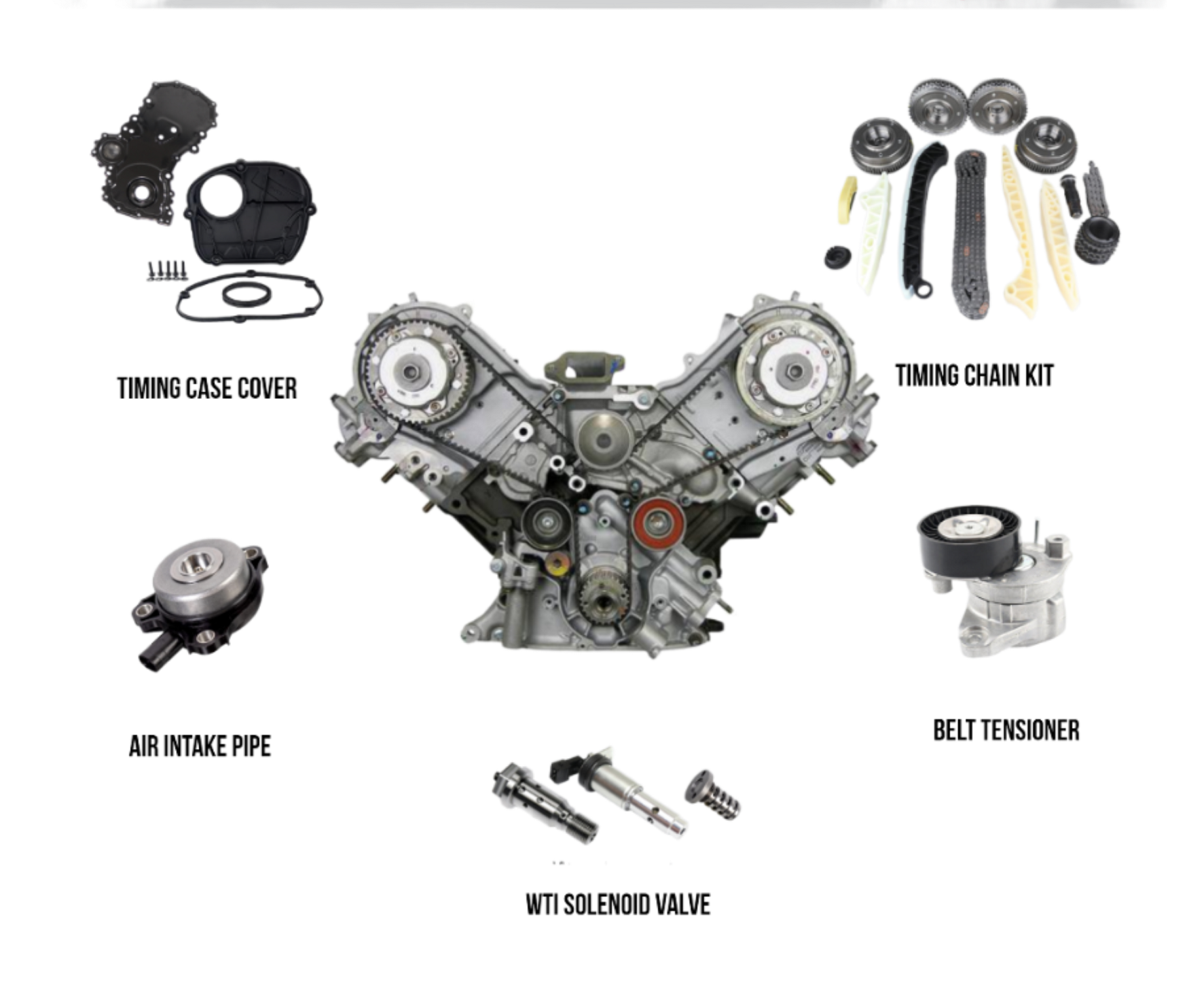
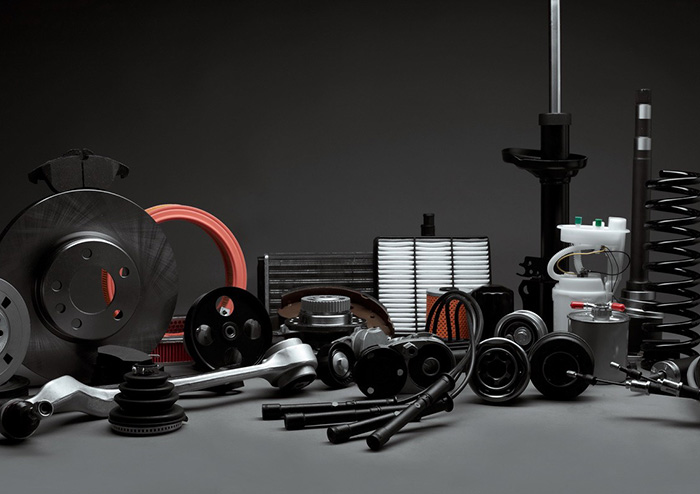
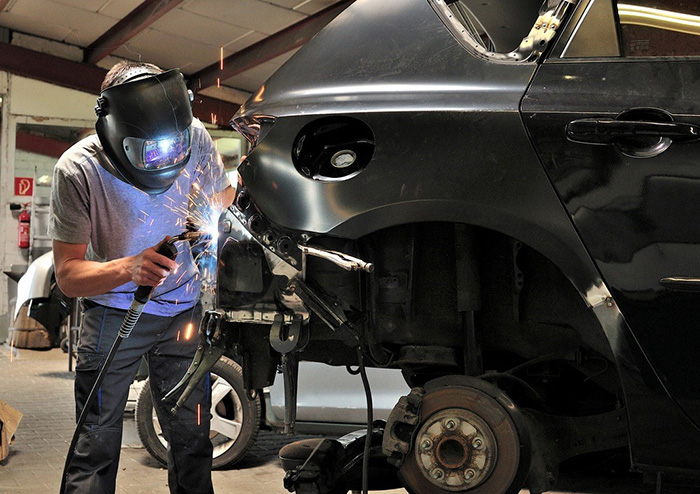

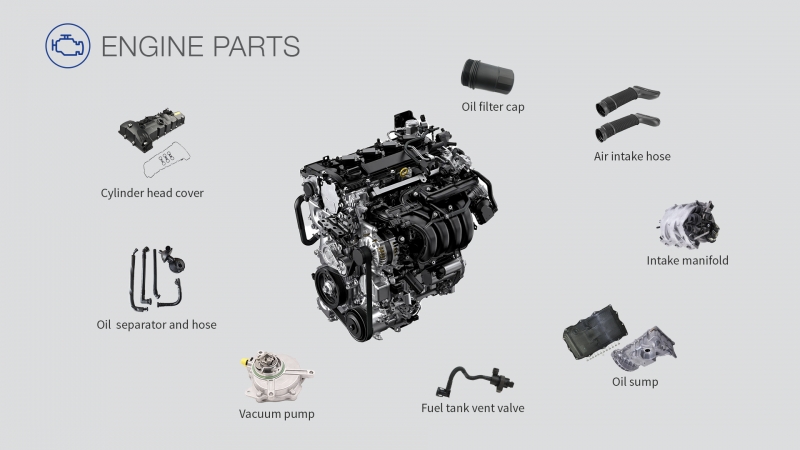

 Send Email
Send Email